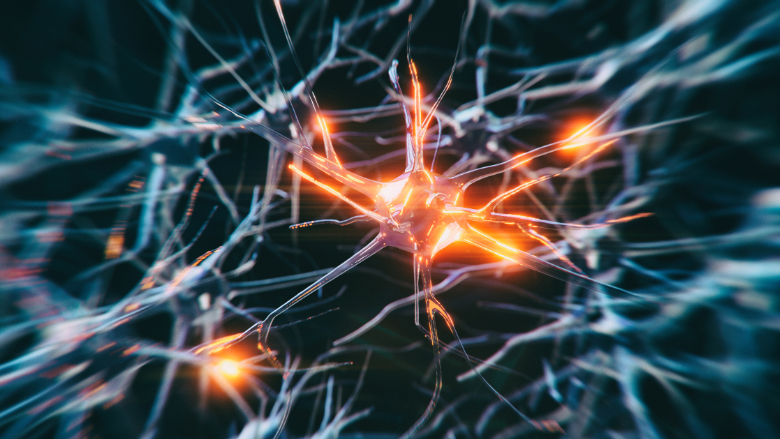Remembering the Wi-Fi password as we type it into our device; remembering a website address as we enter it into the browser; remembering a phone number as we add it to our contact list; remembering the question the teacher asked as we write it down in our notebook; remembering the ingredients a TV chef recites as we search for pen and paper to write them down…
Every day we face tasks like these, or others like them, where we need to remember a specific piece of information for a very short period of time, just long enough to complete the task and then move on to something else. But how does the brain store this “throwaway” information?

The answer lies in working memory, defined as the set of processes that allow the temporary storage and manipulation of information for the performance of complex cognitive tasks. Put more simply, it is the capacity that allows us to hold in our minds the information we need to perform a task while we are executing it, even if we are also paying attention to another thing or task at the same time. So working memory is a short-term memory with a limited capacity and whose contents are constantly being updated.
Until relatively recently, it was thought that this temporary information was stored in neurons that remained activated (“switched on”) for the duration of the performance of the task. However, more and more evidence and studies—such as the one published by researchers at MIT in December 2022—support the hypothesis that this capacity is based on the so-called “short-term synaptic plasticity” of neuronal synapses.
Challenge 1: How does your working memory work?
One of the experiments carried out by the MIT researchers consisted of monitoring the neuronal activity of rats while they performed the following task: they were shown an image which then disappeared, and a second later they were presented with two other images, including the original one, which they had to recognise.
Spaces for storing temporary information
Let’s take it one step at a time: the synapse is the region or space between two neurons that is responsible for transmitting signals from one neuron to the other, so that information can complete its journey through the brain by jumping from neuron to neuron. In this sense, synaptic spaces can be likened to connections in an electrical circuit. According to the hypothesis of short-term synaptic plasticity, information held in working memory is not stored in neurons, but in their synapses, which undergo a modification that temporarily strengthens them.

A very simple (and simplistic) way of looking at this is to recall the story of Tom Thumb. Instead of trying to memorise all the details of the path through the woods, he dropped white pebbles to mark the route, so that when he needed to retrace the path all he had to do was follow the pebbles. Similarly, the brain does not dedicate (or use) neurons to store the specific information, but confines itself to strengthening the synaptic pathway so that it knows where to go when it needs to retrieve the information.
Challenge 2: Remember the password, remember the password, remember the…
Bearing in mind that visual information is stored in working memory by a different system to that which retains written information, we now present a challenge similar to the previous one, but in this case the objective is to recall the correct password that has been previously shown:
The key to multitasking
What are the benefits of this system? For one thing, it requires less processing effort, less energy, and less use or demand on the neurons by the working memory: keeping a group of neurons active (switched on and busy) all the time is not the same as simply marking the path that connects them the first time they are traversed. To return to the example of Tom Thumb, he doesn’t need to constantly remember all the details of the path and then process this information to be able to find his way home; he can just follow the trail of pebbles, and this frees him up to do other tasks that also depend on working memory, such as choosing the most beautiful flowers for his grandmother. This is important because the capacity of working memory is limited.
It is also a more flexible system, in the sense that it allows for more distractions without losing the information. Again, this is easy to see if we think of a Wi-Fi password, for example. If each symbol of the password were stored in a neuron and one of them failed, there would be no way to retrieve the password. However, with synaptic plasticity, even if one of the “pebbles” goes astray, the whole sequence can still be recovered: if when we reach the next connection it is strengthened again, then we are on the right track. We are moving along the appropriate neural circuit and recovering the information recorded in it.
Challenge 3: Some information has been lost
Working memory not only retains information, but also processes it to solve complex cognitive tasks, such as mathematical problems or brainteasers like the one we present here. The idea is to hold a sequence of digits in your working memory. These are the numbers that “appear” partially erased in the operations below. The goal is to solve the two equations from the memorised set of digits, which are the numbers you need to complete the sums correctly.

Solution
Miguel Barral

Comments on this publication